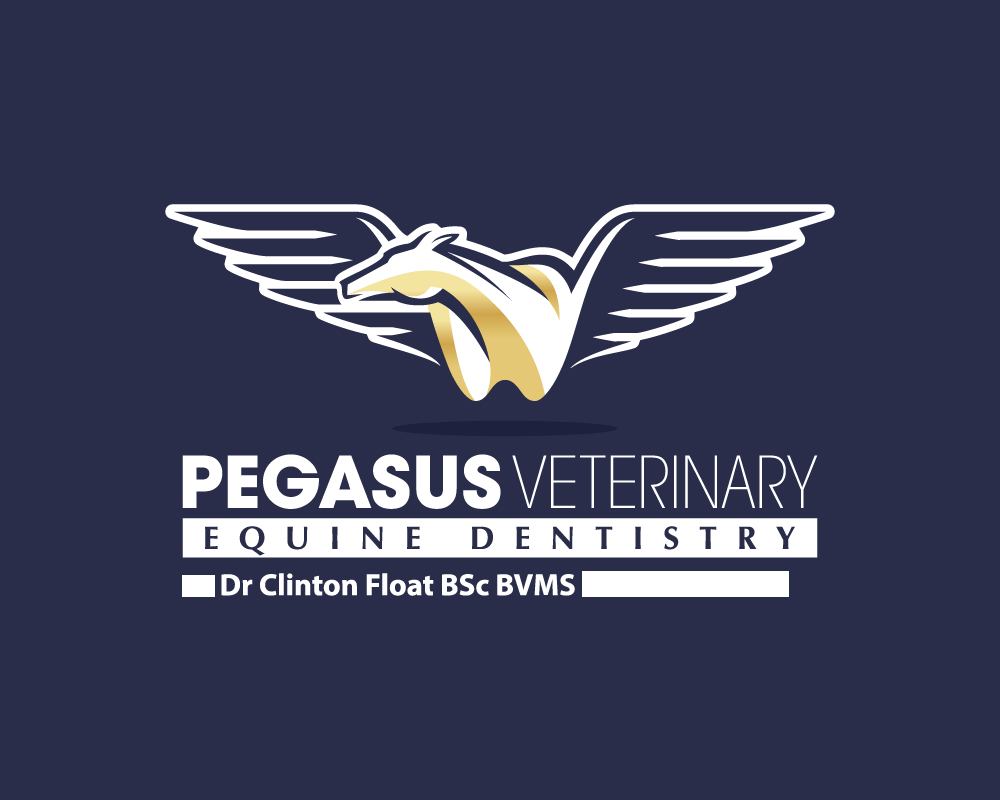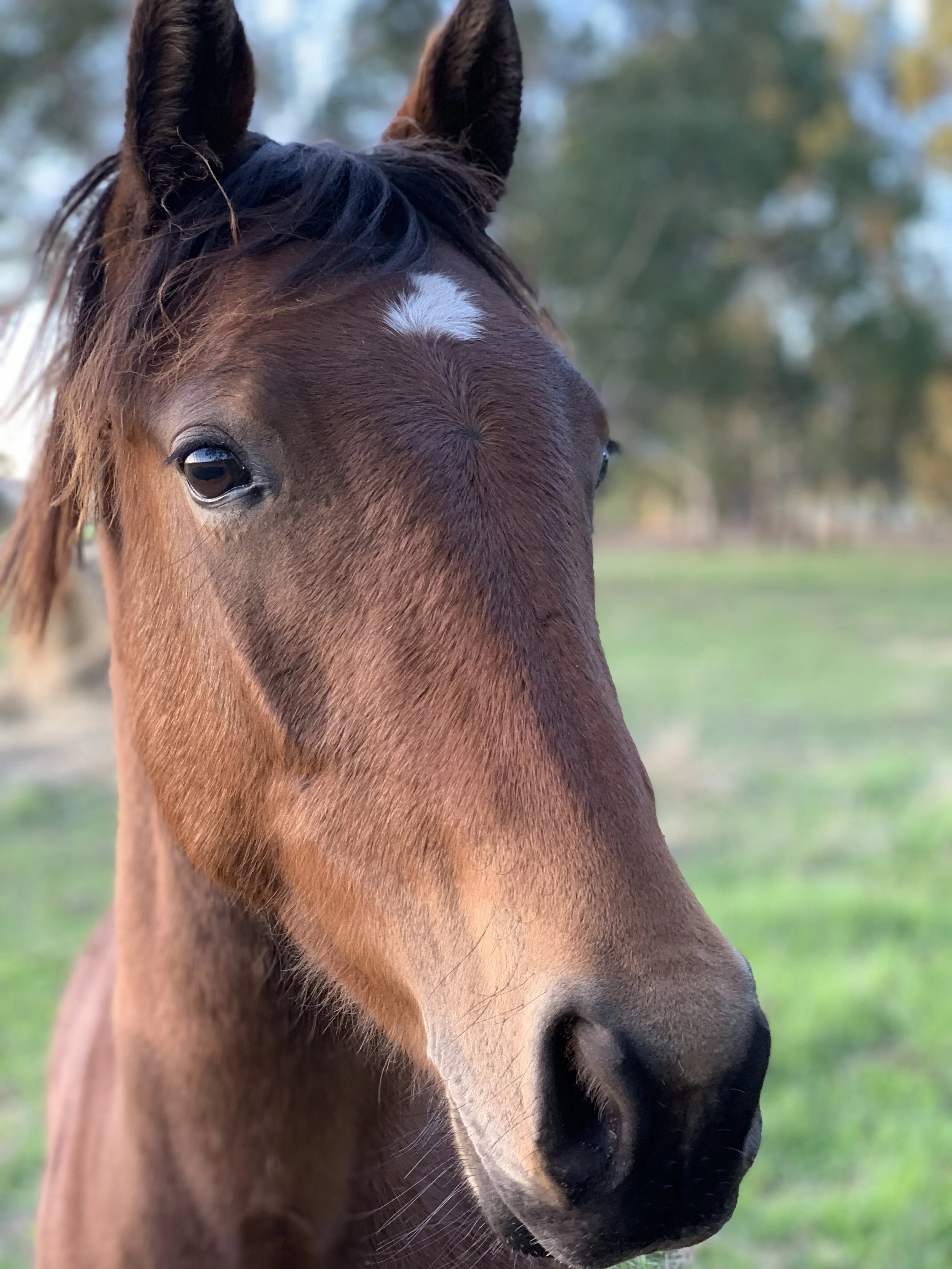Some Brief Notes on the Anatomy of the Mouth
Horses have 24 deciduous or baby teeth, and 36-44 permanent teeth (depending on the presence or absence of the wolf and canine teeth).
In early life, the loss of the deciduous teeth can help us estimate the ages of horses with some accuracy.
As a general rule working from central to corner incisors the eruption times are as follows:
Central Deciduous present at birth Permanent erupt by 2.5 years, in wear by 3
Middle Deciduous 4-6 weeks Permanent erupt by 3.5 years, in wear by 4
Corner Deciduous 6-9 months Permanent erupt by 4.5 years, in wear by 5
The canine teeth are usually erupted by 4-5 years. The wolf teeth have usually erupted by 1 year of age.
Just for confusion, the permanent molars erupt at slightly different intervals! As these are erupting the horse sheds the deciduous molars often referred to as ‘caps’. Those with young stock may have seen these in feed buckets or water troughs. The eruption times of the permanent cheek teeth are as follows:
First Cheek tooth (CT) 2.5 years
Second CT 3 years
Third CT 4 years
*Horses have only three deciduous molars in each arcade, therefore it is only the first three that shed as ‘caps’. The rear three cheek teeth erupt as permanent teeth.
Fourth CT 1 year
Fifth CT 2 years
Sixth CT 3.5 years
So as you can see, the development of a young horses’ dentition is very busy in the first 5 years where 24 teeth are lost and 36-44 teeth erupt. For this reason it is essential that young horses are checked every 6-12 months to identify and correct any disorders of eruption which can lead to problems later in life. The foundations for many dental disorders can be established during these formative years.
There are two important features of an horses’ dental anatomy that necessitates us to perform regular dentistry on them.
Firstly, horses have an open crowned tooth that continuously moves into the oral cavity as the tooth is worn away. When the adult molars first come into wear they are anything from 5-8cm long (depending on the size of the horse) and wear at a rate of 2-3mm per year (a 7-8cm tooth should therefore last around 30 years).
Secondly, horses have an uneven bite whereby the distance between the upper molars is greater than that between the lower molars. It is this difference in width that leads to the formation of sharp enamel points (owing to the continuous eruption of the molars). It is these sharp enamel points that we are reducing when we perform routine dentistry on horses.

